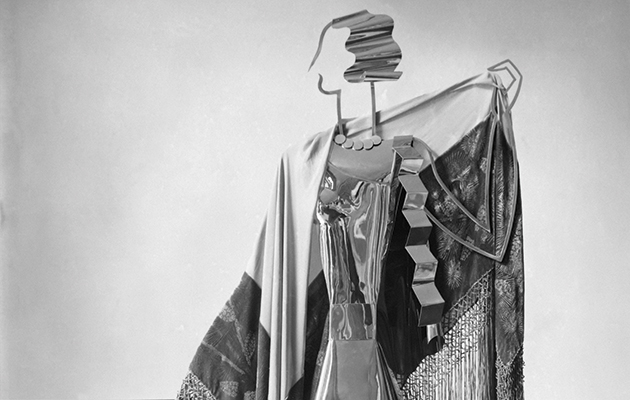|
|
||
|
High fashion might represent the ultimate luxury for some of us, but the endless possibilities offered by an unstitched length of fabric is far more liberating, writes Debika Ray The invention of the sewing machine in 1790 may have brought affordable tailored fashion to the masses, but haute couture remains the ultimate luxury for western consumers. In the hierarchy of style, outfits moulded to the exact contours of your body by a singular visionary designer are valued most; the more structured and customised your clothing, the better. I’ve long taken greater pleasure in garments that impose no such restrictions. A single, unstitched length of fabric – draped, wrapped and folded by a wearer – has endless possibilities. In Myanmar, Malaysia, Sri Lanka, Madagascar and the Arabian Peninsula, a garment known variously as a longyi, lungi, lamba or sarong is wrapped around the waist – the depth of the fold, length of the hemline or height of the waist changing with the fashion of the day. When the bottom is folded upwards and pleated – as in India, Bangladesh and Nepal – it’s a dhoti, while women across the Himalayas wear a longer length much like a full-length dress. Untailored garments reflect politics and social hierarchies like any other form of fashion. In West Africa, the extravagance of a wrapper reveals a wearer’s social status, while in Asia and the Middle East, the turban has long been a symbol of nobility and power or community affiliation. For women a cloth draped around the head is, depending on who you ask, a symbol of religious devotion, modesty, political defiance, empowerment or patriarchal oppression. And yet, unstructured garments also represent a break from the unsatisfying compromise that off-the-peg outfits force upon us – the choice between a few options based on statistically average measurements no matter what your body shape, and the obligation to look, each season, how someone else intended. Up to eight metres long, the sari is worn by women of all ages, sizes and classes across south Asia: at special occasions and while sleeping, in offices and while working outdoors. A recent digital project by design agency Border & Fall, documented 84 distinct ways in which to wear one. My treasured collection of scarves and shawls is a nod to the creative potential of a simple length of fabric. This article first appeared in Icon 167
|
Words Debika Ray |
|



















